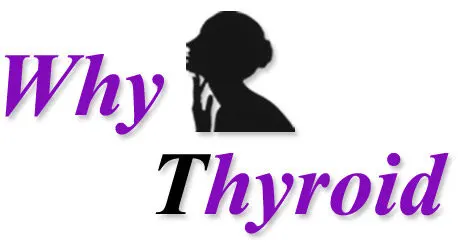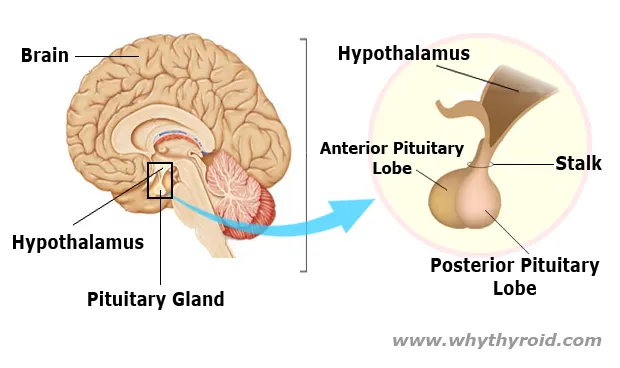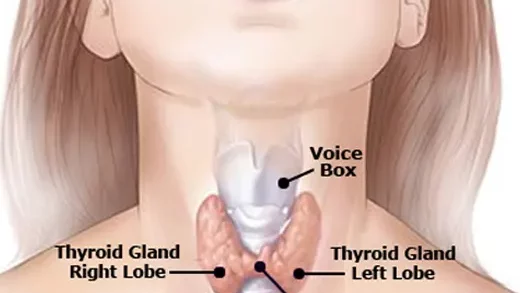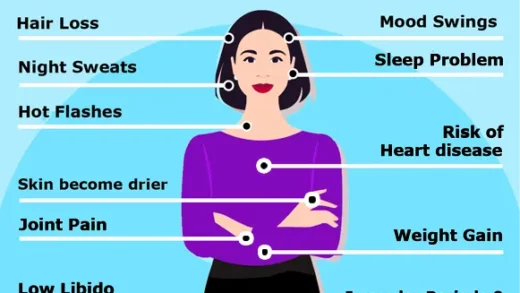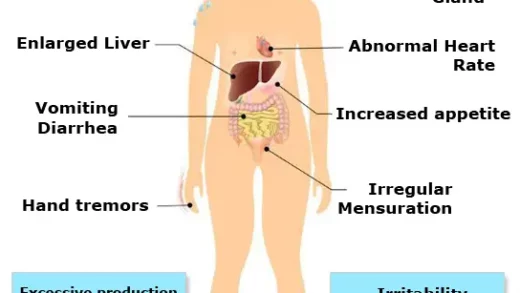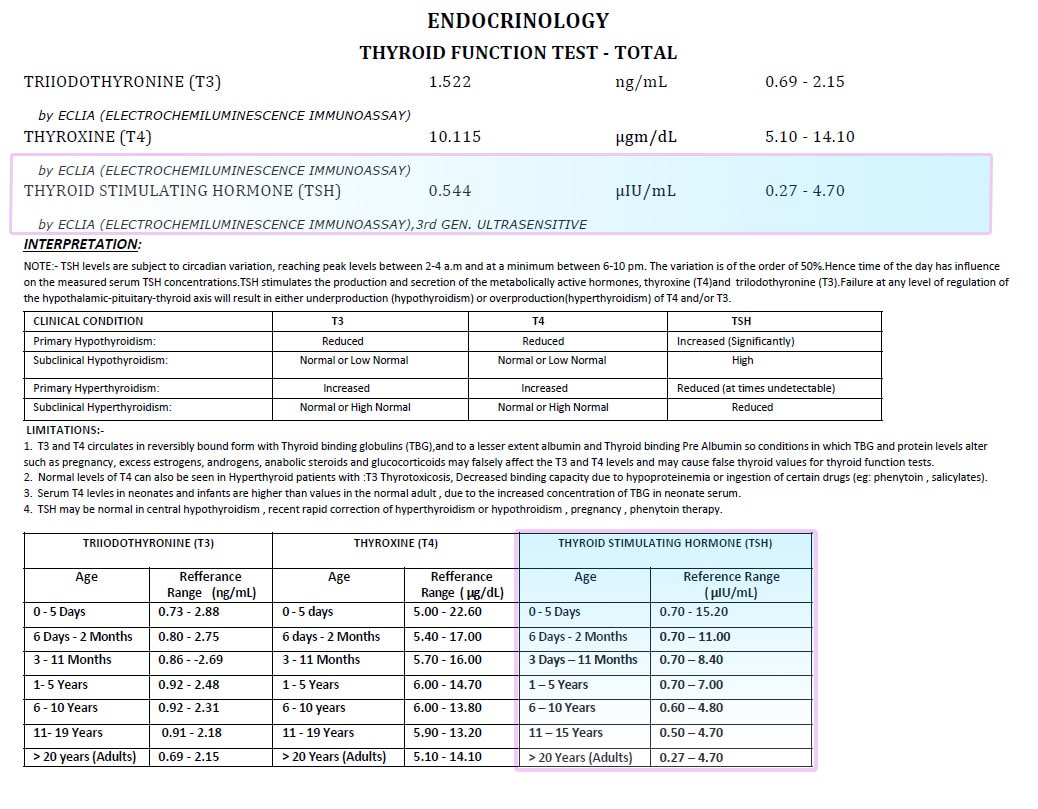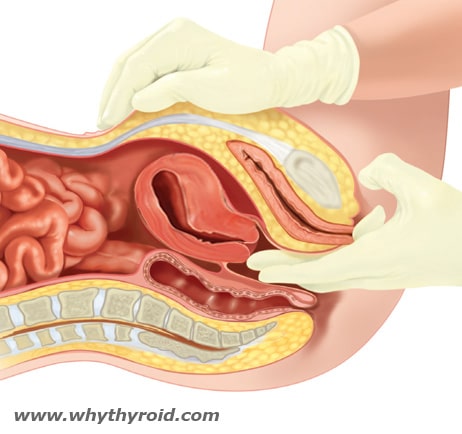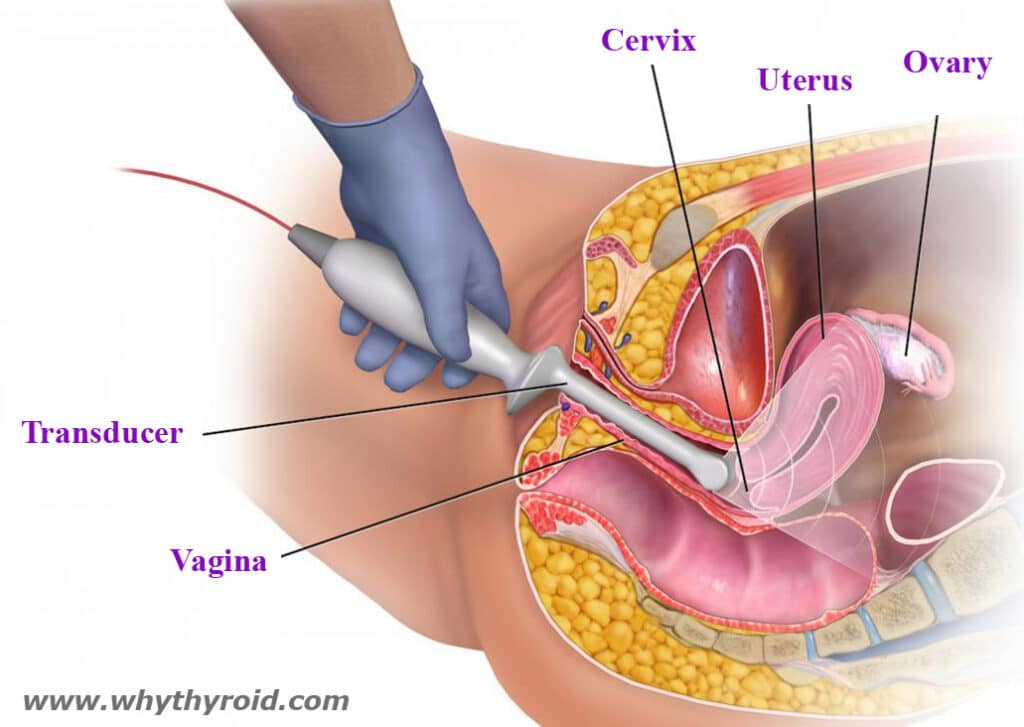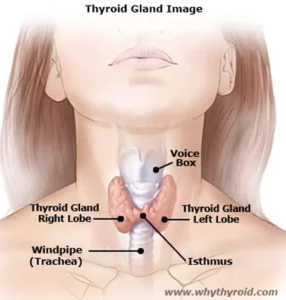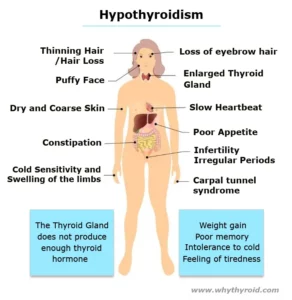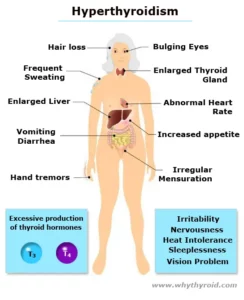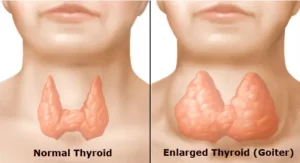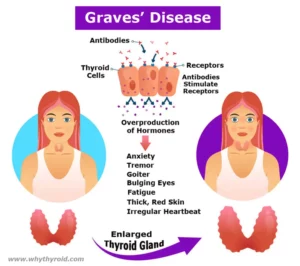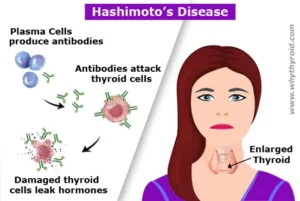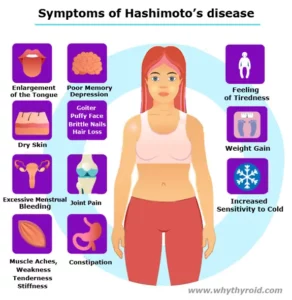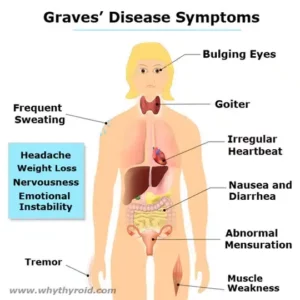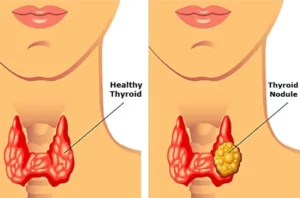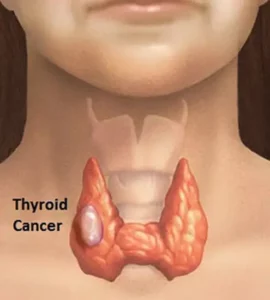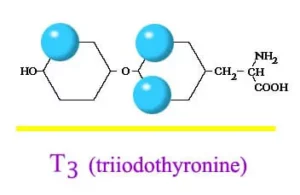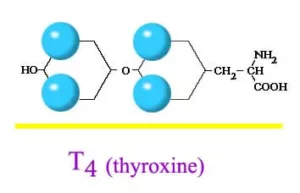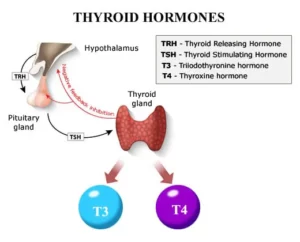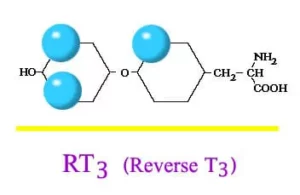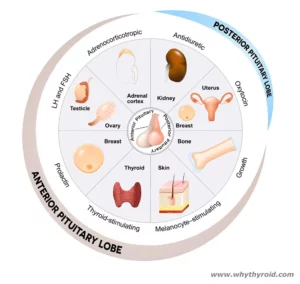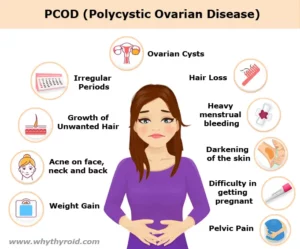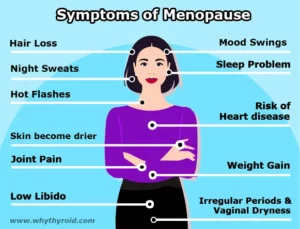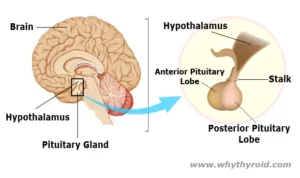The hypothalamus is a small but an important area of the brain. It’s located at the base of the brain, above the pituitary gland. It plays an important role in hormone production and controls many important processes in the body.
In humans, the hypothalamus is approximately the size of an almond and less than 1% of the brain’s weight.
Functions of the Hypothalamus
One of the major functions of the hypothalamus is to maintain your body’s internal balance, which is known as homeostasis.
Homeostasis means a healthful, stable, balanced body condition.
Therefore, to maintain homeostasis, the hypothalamus controls many of your bodily functions, including:
- releasing hormones
- body temperature
- hunger
- thirst
- Heart rate and blood pressure
- Sleep cycles
- managing of sexual behavior
- regulating emotional responses
- Production of substances that influence the pituitary gland to release hormones.
As different systems and parts of the body send signals to the brain, they alert the hypothalamus about any unbalanced factors that need attention. The hypothalamus then responds by releasing the right hormones into the bloodstream to balance the body.
- One example of this is the ability of a human being to maintain an internal temperature of 98.6 °Fahrenheit (ºF).
Anatomy of the Hypothalamus
The hypothalamus can be divided into three main regions.
- Anterior region
- Middle region
- Posterior region
Each region contains several nuclei (neuron clusters). These clusters of neurons perform vital functions, such as releasing hormones.
1. Anterior region: This region of the hypothalamus is also known as the supraoptic region. The main nuclei of anterior region include the supraoptic and paraventricular nuclei. There are several other smaller nuclei in the anterior region as well.
In addition, the supraoptic nucleus functions as the main source of vasopressin hormone, also known as the antidiuretic hormone (ADH), which plays a key role in the absorption of salts and glucose and maintaining water balance in your body.
Kindly note, the nuclei in the anterior region are largely involved in the secretion of various hormones. Many of these hormones interact with the pituitary gland to produce additional hormones.
2. Middle region: This region of the hypothalamus is known as the tuberal region. The main nuclei of middle region is the ventromedial and arcuate nuclei.
The ventromedial nucleus controls the appetite, while the arcuate nucleus is involved in releasing growth hormone-releasing hormone (GHRH). GHRH stimulates the pituitary gland to produce growth hormone. This is responsible for the growth and development of the body.
3. Posterior region: This area is also called the mammillary region. The main nuclei of posterior region include the posterior hypothalamic nucleus and mammillary.
The posterior hypothalamic nucleus helps regulate body temperature by causing shivering and blocking sweat production.
Hormones of the Hypothalamus
The hypothalamus is responsible for creating and controlling many hormones in the body. It works with the pituitary gland, which makes and sends other important hormones around the body.
Moreover, the hypothalamus uses bloodstream to communicate with the pituitary gland. These connections of the hypothalamus are called the endocrine connections.
Kindly note, when the hypothalamus receives a signal from the nervous system, it secretes hormones known as neurohormones. Theses neurohormones, further activates the pituitary gland, to start and stop the release of hormones in the body.
Together, the hypothalamus and pituitary gland control many other glands that produce hormones of the body. For example: Adrenal cortex, Gonads, and Thyroid gland.
Important hormones secreted by the hypothalamus include:
- Anti-diuretic hormone (ADH): This hormone increases water absorption into the blood by the kidneys.
- Corticotropin-releasing hormone (CRH): This hormone sends a signal to the pituitary gland, to further stimulate the adrenal glands to produce corticosteroids. Corticosteroids helps to regulate metabolism and immune response.
- Gonadotropin-releasing hormone (GnRH): GnRH instructs the pituitary gland to release the reproductive hormones, such as follicle stimulating hormone (FSH) and luteinizing hormone (LH), which work together to ensure normal functioning of the ovaries and testes.
- Growth hormone-releasing hormone (GHRH): GHRH instructs the pituitary gland to release the growth hormone (GH). In children, GH is essential to maintaining a healthy body composition.
- Oxytocin: This hormone controls many important sexual and social behavior, such as orgasm, trust, body temperature, sleep cycles and the release of a mother’s breast milk.
- Prolactin-releasing hormone (PRH): PRH tell the pituitary gland to either start or stop breast milk production in lactating mothers.
- Thyrotropin releasing hormone (TRH): TRH activates the pituitary gland to produce thyroid stimulating hormone (TSH). TSH regulates metabolism, energy, heart rate, growth and development.
- Somatostatin: Somatostatin works to stop the pituitary gland from releasing certain hormones, including growth hormones and thyroid-stimulating hormones.
Hypothalamus Disorders
If the hypothalamus is not functioning properly, this is known as hypothalamus disorder.
Kindly note, these disorders are very hard to diagnose because the hypothalamus and pituitary gland are so tightly connected that, it’s often difficult for doctors to understand whether the disease is associated with the hypothalamus or pituitary gland.
As it is difficult for doctors to diagnose a specific, incorrectly functioning gland, these disorders are often called hypothalamic-pituitary disorders.
However, there are some hormone tests that make clear the root cause of the disease.
Several conditions that cause hypothalamus disorders, including:
- Head injuries
- Surgery involving the brain
- Brain tumors
- Tumors in or around the hypothalamus
- Radiation
- Eating disorders, such as anorexia or bulimia
- Excessive bleeding
- Certain genetic disorders, such as growth hormone deficiency
- Birth defects involving the brain
- Autoimmune conditions
Hypothalamus disorders plays a role in many conditions, including:
- Hypopituitarism: It is a disorder in which your pituitary gland doesn’t produce enough hormones. It is usually caused by damage to the pituitary gland, however, hypothalamus disorder can also cause it. Because, many hormones produced by the hypothalamus, directly affect those produced by the pituitary gland.
Furthermore, the hormone deficiencies can affect number of your body’s routine functions, such as growth, blood pressure or reproduction.
- Diabetes insipidus: This is an uncommon disorder that causes an imbalance of fluids in the body. When your hypothalamus doesn’t produce and release enough vasopressin hormone, the kidneys can remove too much water. This causes increased urination and thirst.
There’s no cure for diabetes insipidus. But treatments can relieve your thirst and decrease your urine output.
- Prader-Willi syndrome: This is a rare genetic disorder. It causes the hypothalamus to not register, when someone is full after eating.
People with PWS have a constant urge to eat, which leads to obesity. Additional symptoms include a slower metabolism and decreased muscle.
Symptoms of Hypothalamus disorders
Symptoms that indicate hypothalamus disorders include:
- Sensitivity to heat
- Weight gain or loss
- Anxiety
- Difficulty sleeping
- Tiredness
- Frequent urination
- Diarrhea
- Lack of sex drive
- Fluctuations in body temperature
- High or low blood pressure
- Constant thirst
- Delayed puberty
- Infertility
- Itchiness
Tests for Hypothalamus disorders
If your doctor suspects a problem, he or she will perform a physical examination and ask about your symptoms. In addition, your doctor may also order Blood or urine tests to check hormone levels in your body such as:
- Prolactin
- Estrogen
- Pituitary hormones
- Cortisol
- Growth hormone
- Testosterone
- Thyroid
- Sodium
Other possible tests include:
- Hormone injections followed by timed blood samples
- MRI or CT scans of the brain
How to make Hypothalamus healthy?
Some hypothalamus conditions are unavoidable, however, there are a few things you can do to keep it healthy.
1.) Eat a healthy diet: Eating a healthy diet is important for hypothalamus. Healthy dietary choices to support the hypothalamus include:
- Fruits and Vegetables: Both fruits and vegetables contain lots of vitamins, minerals and antioxidants that is beneficial for the hypothalamus.
- Vitamins B1- A good source of vitamin B1 is actually Sunflower Seeds. You should put approximately a handful of sunflower seeds to your daily meal to boost up your hypothalamus health.
Moreover, pork and whole grain are also good source of Vitamin B1.
- Vitamin C: It plays an important role in brain functions associated with hypothalamus. Vitamin C is also beneficial to protect your Hypothalamus from toxins.
Foods rich in vitamin C include lemons, oranges, grapefruits, strawberries and red bell peppers.
2.) Sleep Enough: When you get enough sleep, it keep your hypothalamus working properly.
3.) Exercise regularly: Like eating a healthy diet and getting enough sleep, a regular exercise also boosts your overall health. Therefore, a regular exercise can also improve your hypothalamus functions.
Kindly note, even a mild amount of regular exercise can improve your hypothalamus function.
| Related Topics… | |
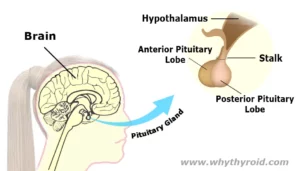
|
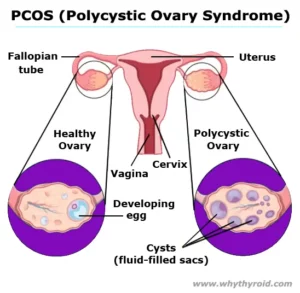
|
|
Pituitary Gland Click to Read… |
Polycystic Ovary Syndrome (PCOS) Click to Read… |
11 Sources
- https://www.healthline.com
- https://www.medicalnewstoday.com
- https://www.yourhormones.info
- https://www.endocrineweb.com
- https://www.neuroscientificallychallenged.com
- https://en.wikipedia.org
- https://www.thoughtco.com
- https://human-memory.net
- https://www.mayoclinic.org/
- www.topdoctors.co.uk
- www.pennstatehershey.adam.com
